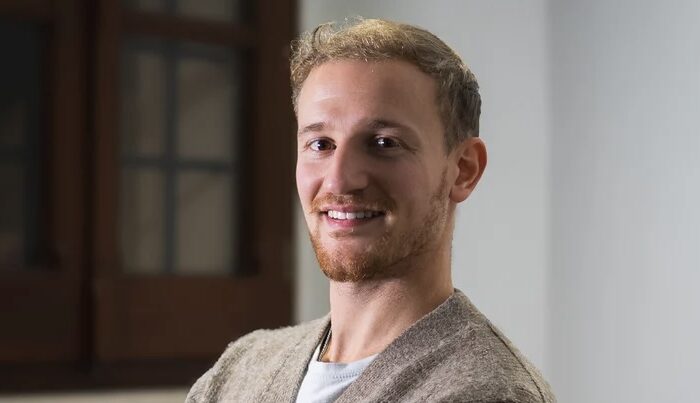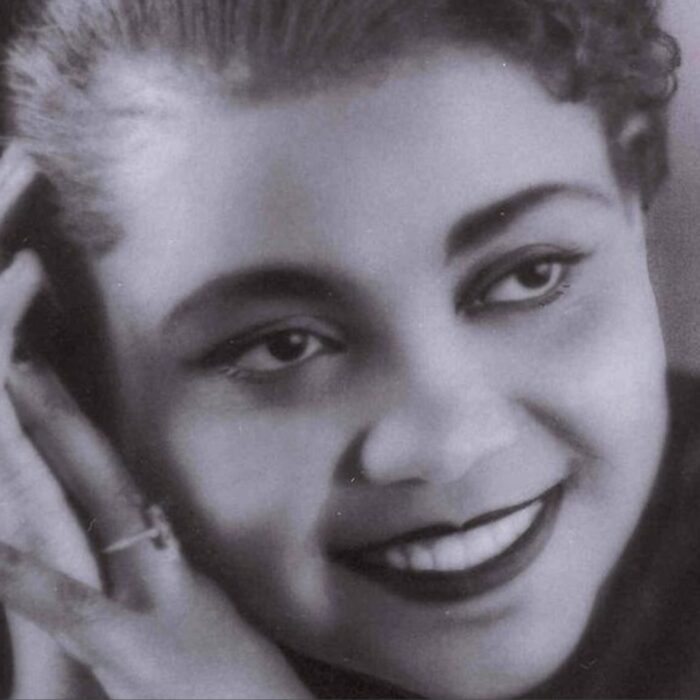
Q & A: Kitty McNamee on Her Directorial Debut at the LA Opera
By Francisco SalazarThis week the LA Opera is set to revive a production of “Roméo et Juliette.”
The production was first created in 2005 and has not been performed since 2011. Now as the company prepares for the revival, famed choreographer Kitty McNamee will be making her directorial debut reviving the production.
McNamee choreographed the production when it was first premiered and has since worked with the company on productions of “La Traviata,” “Don Carlo,” “La Rondine,” “Lucia di Lammermoor,” “The Tales of Hoffmann,” and “The Marriage of Figaro.”
In preparation for her debut as a director, OperaWire spoke to McNamee about directing “Romeo et Juliette” and her work in choreographing throughout the years.
OperaWire: What excites you about making your LA Opera debut as a director?
Kitty McNamee: Stepping into the role of director and working with the cast to create multidimensional performances is exhilarating.
OW: “Romeo et Juliette” is a work with parties, fights, and then many intimate moments. What scene are you excited to direct?
KM: I’m excited about Act one, Scene two: Capulet’s Ball. I’m fascinated by the tension between privately fashioned and socially sanctioned identities and this scene creates the opportunity to explore that with the full company of chorus, supers, and principals. The focus is constantly shifting from the extravagant public display of the dances to the more clandestine moments of plans being laid, lovers being met.
OW: How do you balance the work with singers vs with other dancers and choristers on stage?
KM: Each production is unique. On “Romeo et Juliette” I am working with everyone. Within Act one, Scene two: Capulet’s Ball there is quite a lot of choreography for Juliette. Her aria “Je Veux Vivre” is staged as a waltz with Juliette and five suitors drawn from the chorus. The suitors try to win her affection and attention until she dances headlong into Romeo at the end of the aria. The Madrigal, Romeo and Juliette’s first meeting, is a “Palm to Palm” duet, with three chorus couples upstage of the principals echoing the movement of the lovers. This is one of my favorite choreographic moments, working so closely with the singers to unite the text, music, and movement in one pure, romantic expression.
OW: Tell me about your work with the director over the years and what have you learned to prepare you for this directorial debut?
KM: I have had the great good fortune to work with some incredible directors. My responsibility is to listen, absorb what their needs and desires are, and do my absolute best to fulfill their vision choreographically. Opera is such a collaborative process, that it is very fulfilling to make an individual contribution that functions to make the whole stronger. It’s quite freeing and I have learned a tremendous amount. (I am directing and choreographing this production – so that balance is going well!)
OW: You’ve done a lot of opera over the years. What are the challenges of choreographing opera especially when it is not always the first thing people think about when going to a show?
KM: The greatest challenge is being prepared to choreograph across a spectrum of movers; from trained dancers to chorus to principals. Understanding how to make movement that supports the vision of the director and the physical demands of singing is key. I savor the task of fitting the choreography seamlessly into the whole of the production.
OW: As a dancer and choreographer, how did you end up doing opera? Was the transition difficult and what kind of adjustments do you have to make?
KM: In a deliciously full circle moment my first opera as choreographer is also my first opera as director, “Romeo et Juliette.” The transition was truly a trial by fire. For many years I was the Artistic Director of Hysterica Dance Co., a small but mighty contemporary company in LA. I had complete artistic freedom and a company of curious and gifted dancers who were open to spending lots of time playing and creating in the studio. When the director of the original production of “R & J,” Ian Judge, brought me on he sat me down and gave me a stern talking to. His advice stays with me today “be prepared, don’t play, come in ready to set it quickly and move on.”
OW: Is there a special memory of a production in opera that you have done that is your favorite?
KM: “La Traviata” is very dear to me. I have done several versions of the opera including a traditional production sung by Rolando Villazon and Renee Fleming (astoundingly beautiful.) The Art Deco-inspired production created by Marta Domingo remains my favorite. I was given very specific visual prompts to research and then set free to dream up a choreographic vocabulary all my own. It was such a creative and inspiring process.
OW: What is the opera that you have found most challenging?
KM: “Don Carlo” was the most challenging. So dark.
OW: What opera would you like to do that you haven’t done yet? Any dream company that you would like to work with?
KM: I am very interested in working on new operas and working with some of the incredible composers (particularly female composers) who are generating new work; Anna Clyne, Ellen Reid, Missy Mazzoli. Would love to work with The Met, Santa Fe Opera and am fascinated by Teatro Amazonas in the heart of the rainforest.


